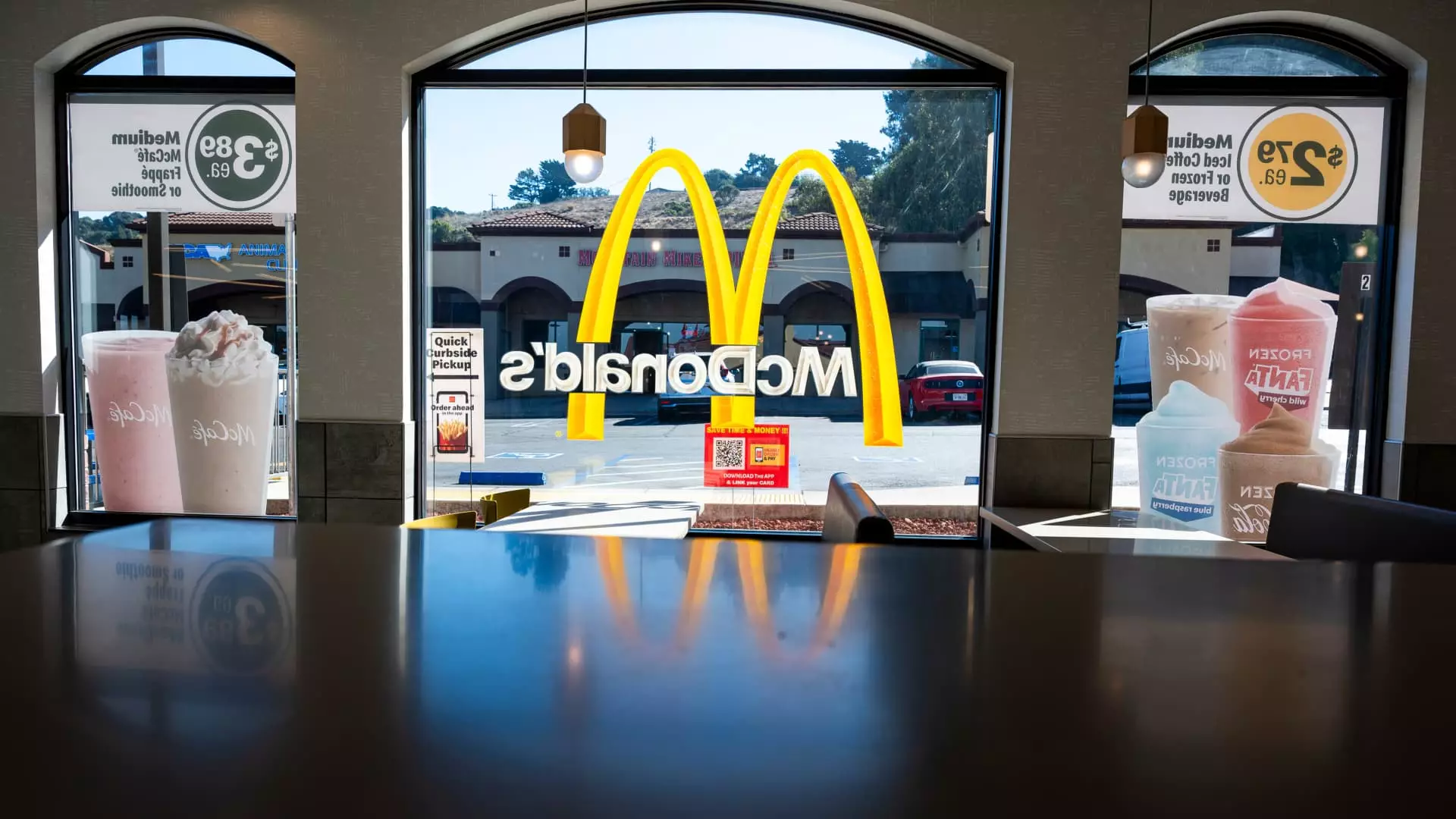The restaurant sector has faced considerable challenges over the past year, provoking unease among industry stakeholders. After navigating the stormy waters of 2024, many executives are eagerly anticipating the dawn of 2025, believing that better days lie ahead. With an initial glimpse of recovery showing in the data, professionals in the field are contemplating strategies to not only recover from recent hardships but to thrive in an evolving economic landscape.
As of late 2024, the outlook for the restaurant industry has been anything but rosy. Bankruptcy filings have surged by over 50% compared to the previous year, and consumer traffic at established dining establishments has seen consistent declines month after month. Black Box Intelligence, an industry data firm, reported a downward trend across all twelve months of the year leading up to September. This news reverberated throughout the sector, as renowned chains like McDonald’s and Starbucks reported disappointing earnings, casting shadows of doubt in the minds of investors.
The relentless challenges have created a complex landscape where restaurants must balance operational efficiency with innovative offerings to keep their spirits—and their customer bases—intact. Yet, amid these persistent challenges, there are hopeful signs suggesting that the industry’s resilience could pave the way for recovery.
A Ray of Hope: Positive Trends Emerge
As the year drew to a close, several positive indicators sprang forth, signaling potential revitalization in the fast-food sector. October saw a 2.8% increase in traffic to fast-food restaurants compared to the previous year, according to Revenue Management Solutions, marking a hopeful shift. This data aligns with anecdotal feedback from major chains such as Restaurant Brands International, which reported increases in same-store sales.
Further optimism is fueled by a decrease in interest rates, with the Federal Reserve recently approving consecutive cuts. These rate reductions are anticipated to ease the financial burden of expansion, allowing restaurants to invest in new locations without the weight of elevated borrowing costs. Shake Shack CFO Katie Fogertey highlighted this shift, predicting a significant boost in consumer confidence as borrowing becomes increasingly accessible. The psychological impact of cheaper credit could translate into higher consumer spending, albeit in the realm of fast-casual dining.
Amidst the gloomy economic climate, the potential for initial public offerings (IPOs) looms large, signaling a shift in investor sentiment. Damon Chandik of Piper Sandler suggested that despite current pressures on the industry, there exists the possibility for multiple restaurant IPOs in 2025. The recent success of Cava’s debut has stirred cautious optimism among potential candidates, even when broader market conditions have caused trepidation.
Inspire Brands, the parent company of several high-profile chains including Dunkin’ and Arby’s, stands as a frontrunner in the possible resurgence of IPOs within the industry. Yet, it is essential to ground this excitement in realism; many companies will have to showcase sustained performance improvements to even be considered. The market scrutiny is high, especially following Panera Bread’s unfulfilled plans to go public after a confidential filing nearly a year ago.
Despite these encouraging signs, industry executives caution against complacency. Portillo’s CFO Michelle Hook pointed out potential headwinds that could impact operations moving into 2025. The competitive landscape remains intense, particularly as chains like McDonald’s gear up for a broader value menu aimed at attracting value-conscious consumers.
Discount wars and aggressive promotional strategies will continue to complicate profit margins, forcing restaurants to find a delicate balance between enticing customers with attractive deals and maintaining healthy bottom lines. The specter of bankruptcy still looms for chains overly reliant on discounts to regain lost consumer traffic.
As consumers gradually recover from the economic strain that has characterized recent years, experts contend that a rebound may take longer than previously anticipated. This highlights the importance for restaurants to innovate and adapt rather than rely solely on short-term price cuts.
To turn the tide, restaurant operators must embrace forward-thinking strategies, focusing on differentiation and customer experience. The shift towards digital ordering and delivery services represents a critical opportunity for brands willing to invest in technology. As consumer expectations evolve, so too must the approaches to dining out or ordering in.
The landscape for the restaurant industry in 2025 will likely be shaped by a mixture of cautious optimism and the realization that the path to recovery will require time and innovation. By leveraging emerging trends and continuously adapting to the consumer’s evolving preferences, the restaurant sector can emerge more robust and resilient than before. A combination of strategic planning, investment in technology, and a keen understanding of market dynamics will be essential to capitalize on the fertile ground of opportunity that lies ahead.

